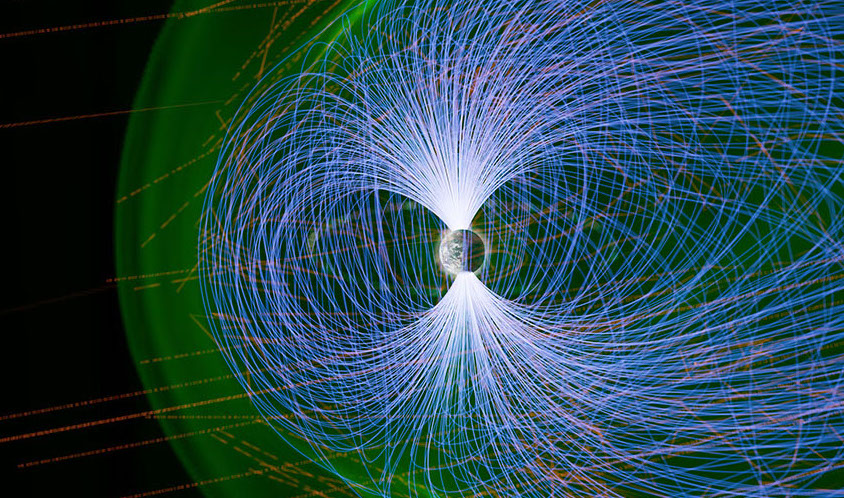
Worlds Beyond Earth
AMNH has created resources for K-12 educators related to the themes and content of the new space show, Worlds Beyond Earth. Find them at the link below!
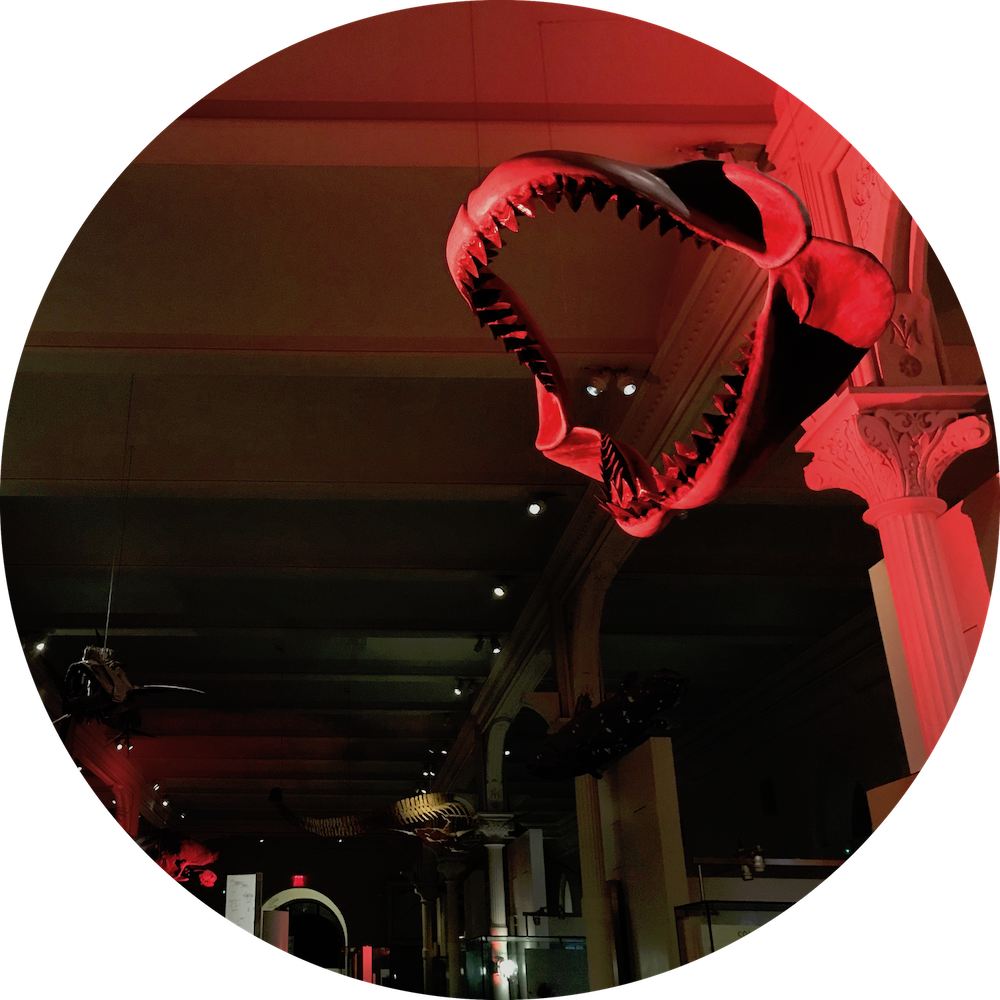
As a world-renowned scientific and educational institution, the American Museum of Natural History offered me a unique graduate experience. The reach of AMNH spans locally to the students and population of NYC, and globally to the myriad of tourists it attracts annually. As a graduate student researcher at the museum, education, outreach, and public engagement all played a large part in my PhD journey. Below I've included some of the exhibits, events, and media I have been a part of during my time at the museum.
The Arthur Ross Hall of Meteorites at the American Museum of Natural History showcases over 130 meteorites from the AMNH collection, along with lunar samples collected by the Apollo missions. The centerpiece of the hall is the 34-ton iron behemoth known as Ahnighito - the largest fragment of the Cape York meteorite.
I give frequent tours of the Hall of Meteorites to both students and visitors. The Hall of Meteorites theater showcases a video (below) that shares current topics in meteorite and small body research as well as our group's specific research with the public. Check out a brief overview of my research at 7:17 in the video below!
More about MeteoritesWhen the Hayden Planetarium closed in early 2020 due to the pandemic, the numerous planetarium programs at AMNH transitioned to an online format. In this new virtual world, we were able to translate our programming to online interactive public outreach with a global reach.
I was involved in this transformation from the very beginning. To date, I have been involved in over 20 online AMNH programs. My roles across the events varied - I have been a presenter, OpenSpace "pilot" and chat scientist (answering the audience's questions live in the YouTube chat) for the Field Trip and Astronomy Online series.
Since in-person public programming resumed, I have continued to pilot OpenSpace for visiting scientists giving Frontiers Lectures at AMNH, integrating content and visualizations from OpenSpace with the topics and research in each lecture.
For a full list of programs, click here. Check out one of the programs I hosted (Field Trip: Comets) and "piloted" (Astronomy Online: Saturn) below!
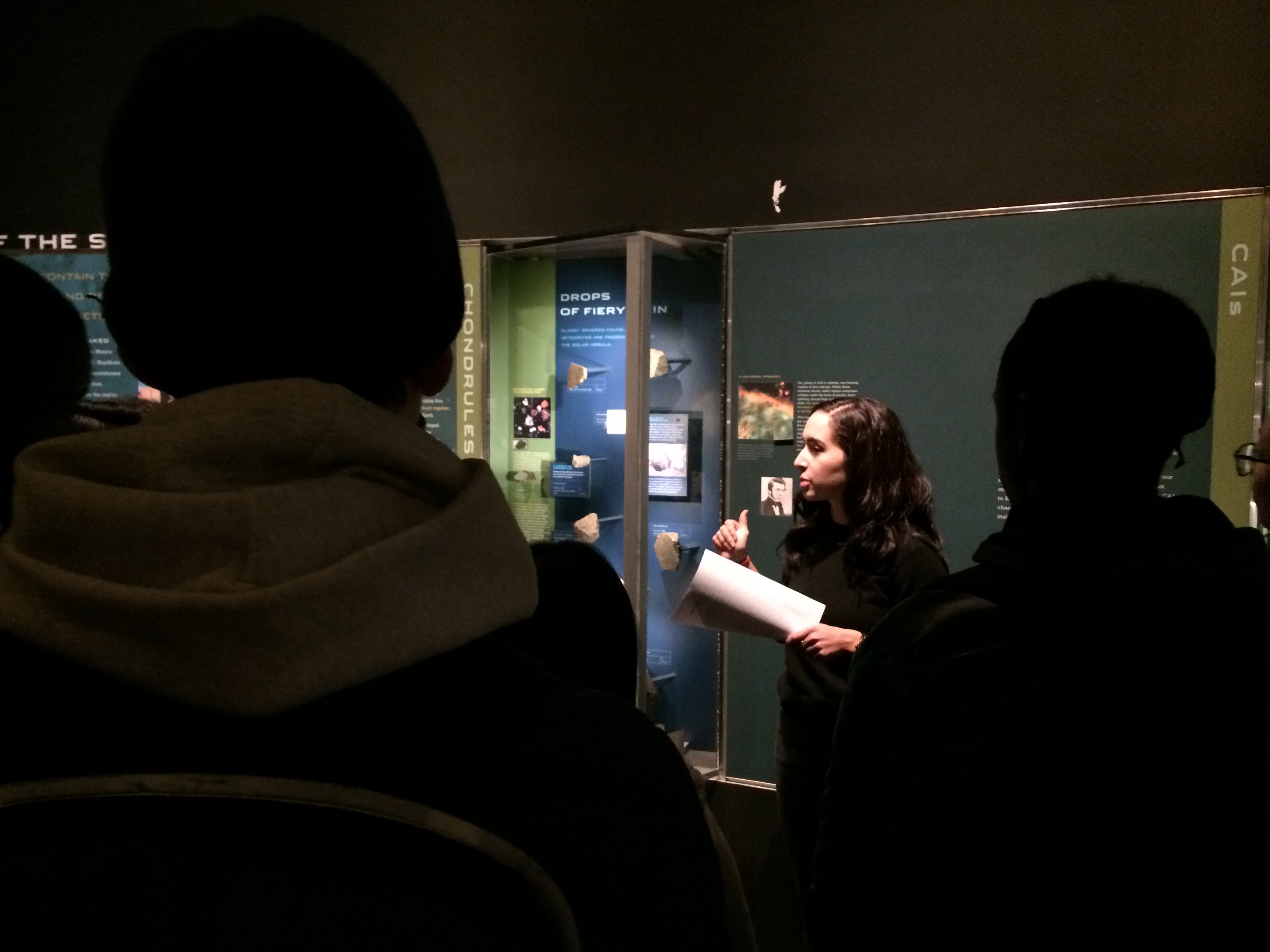
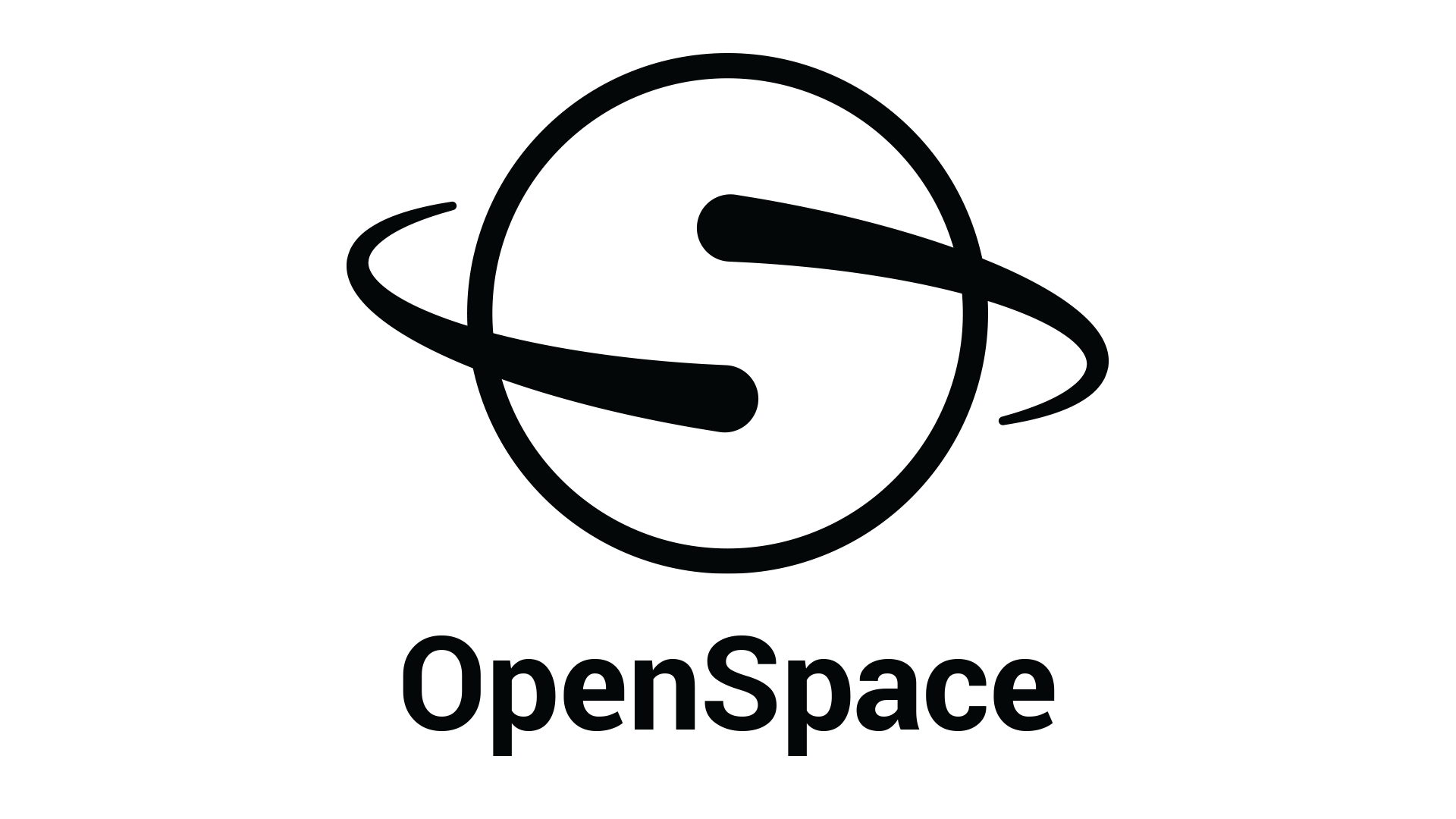
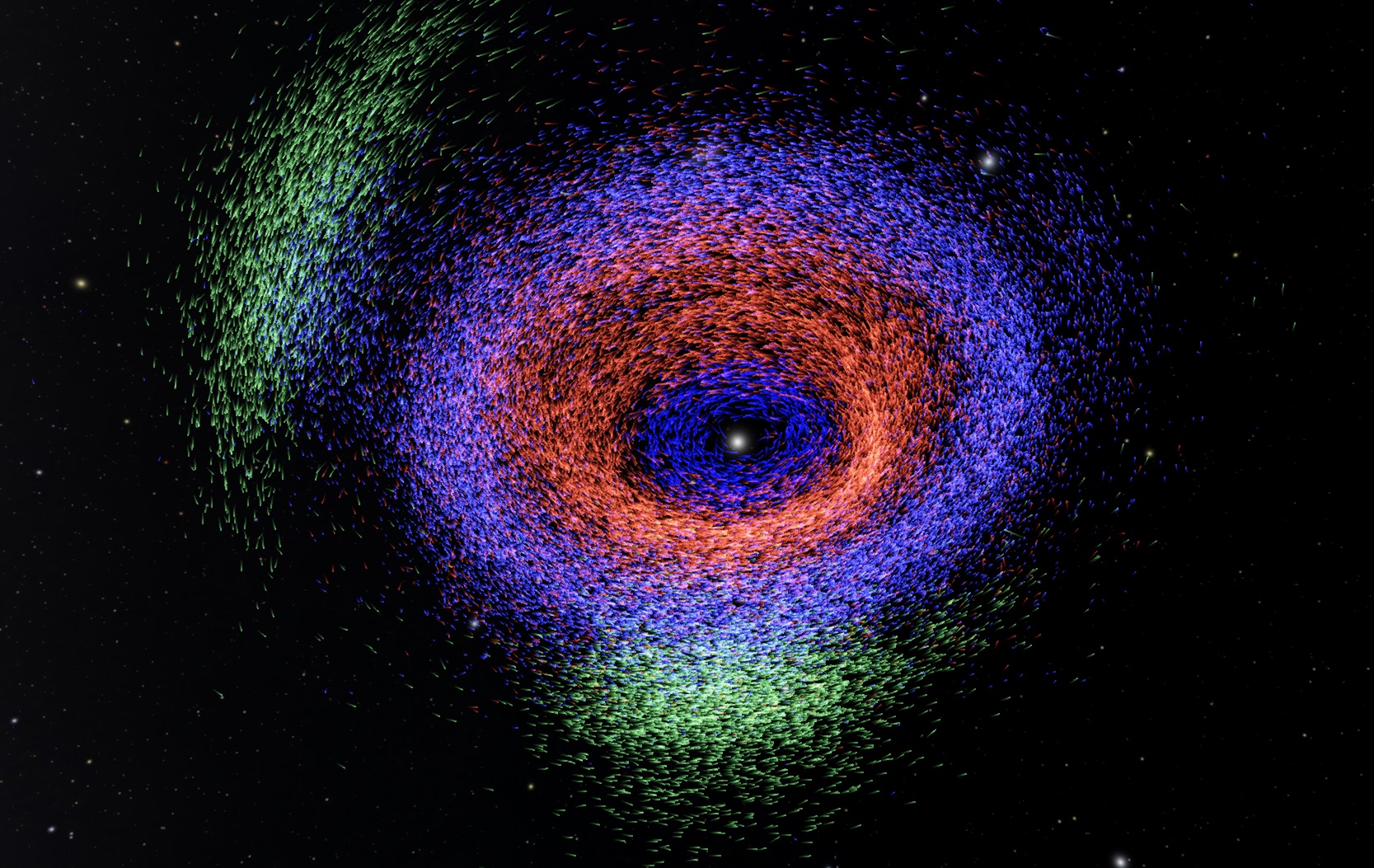
I have been involved in the OpenSpace Project in various roles since 2018, which I expand on here.
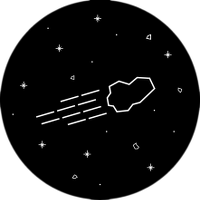 From 2014 to 2019, AMNH's BridgeUp: STEM program hosted an annual hackthon that paired museum scientists with "hackers" to solve problems in cutting-edge computing in scientific research and communication.
The 2019 hackathon, #HackTheSolarSystem, was focused on addressing computing challenges in the earth and planetary sciences.
From 2014 to 2019, AMNH's BridgeUp: STEM program hosted an annual hackthon that paired museum scientists with "hackers" to solve problems in cutting-edge computing in scientific research and communication.
The 2019 hackathon, #HackTheSolarSystem, was focused on addressing computing challenges in the earth and planetary sciences.
I served as a "museum stakeholder" for the event, providing a "challenge" for the hackers (Meteorite Mineral Mapping) and serving as a scientific advisor for those tackling the project. The challenge focused on improving our image analysis techniques used to determine mineralogy pixel by pixel in electron microprobe maps.
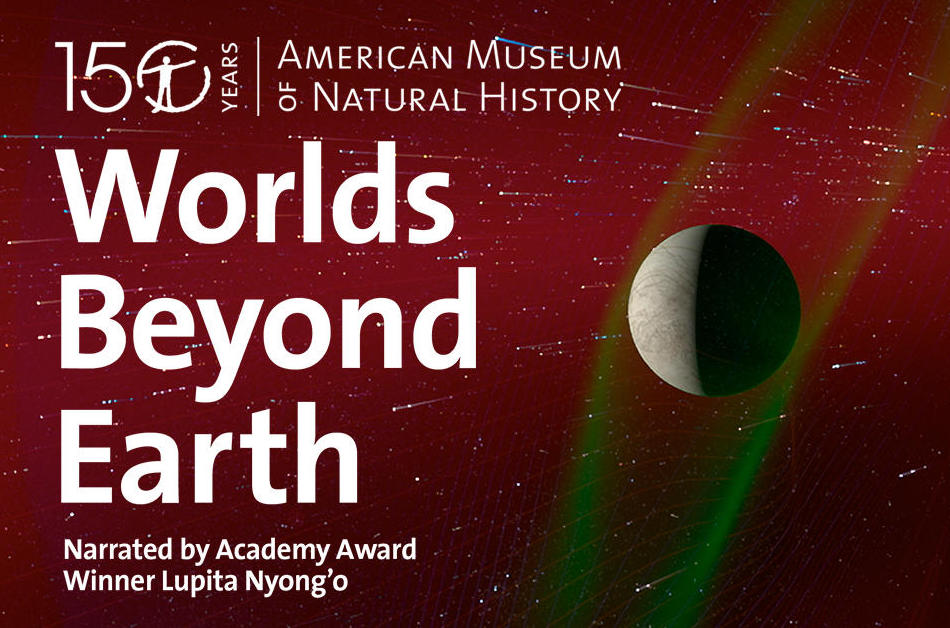 My PhD advisor, Denton Ebel, was the curator for AMNH's newest space show,
Worlds Beyond Earth, narrated by Lupita Nyong'o.
Over its year-long creation, I was able to observe and participate in the content development and production of the show.
My PhD advisor, Denton Ebel, was the curator for AMNH's newest space show,
Worlds Beyond Earth, narrated by Lupita Nyong'o.
Over its year-long creation, I was able to observe and participate in the content development and production of the show.
In one of the more surprising opportunities during my time at AMNH, I served as a stand-in narrator for the rough cut and draft versions of the space show! Though the pandemic forced the Hayden Planetarium to close soon after Worlds Beyond Earth premiered, the planetarium is now fully open with hourly showtimes.

AMNH has created resources for K-12 educators related to the themes and content of the new space show, Worlds Beyond Earth. Find them at the link below!
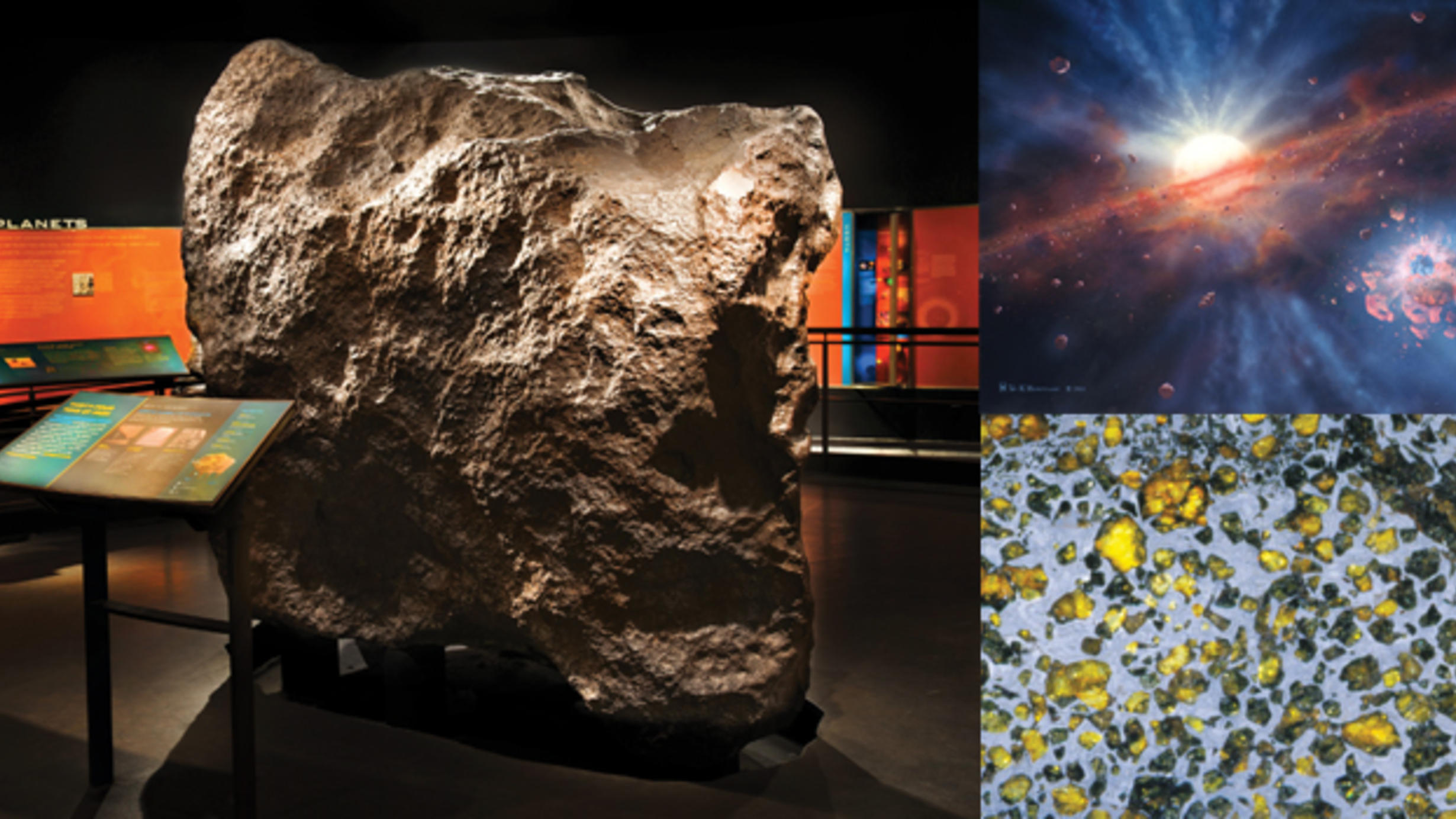
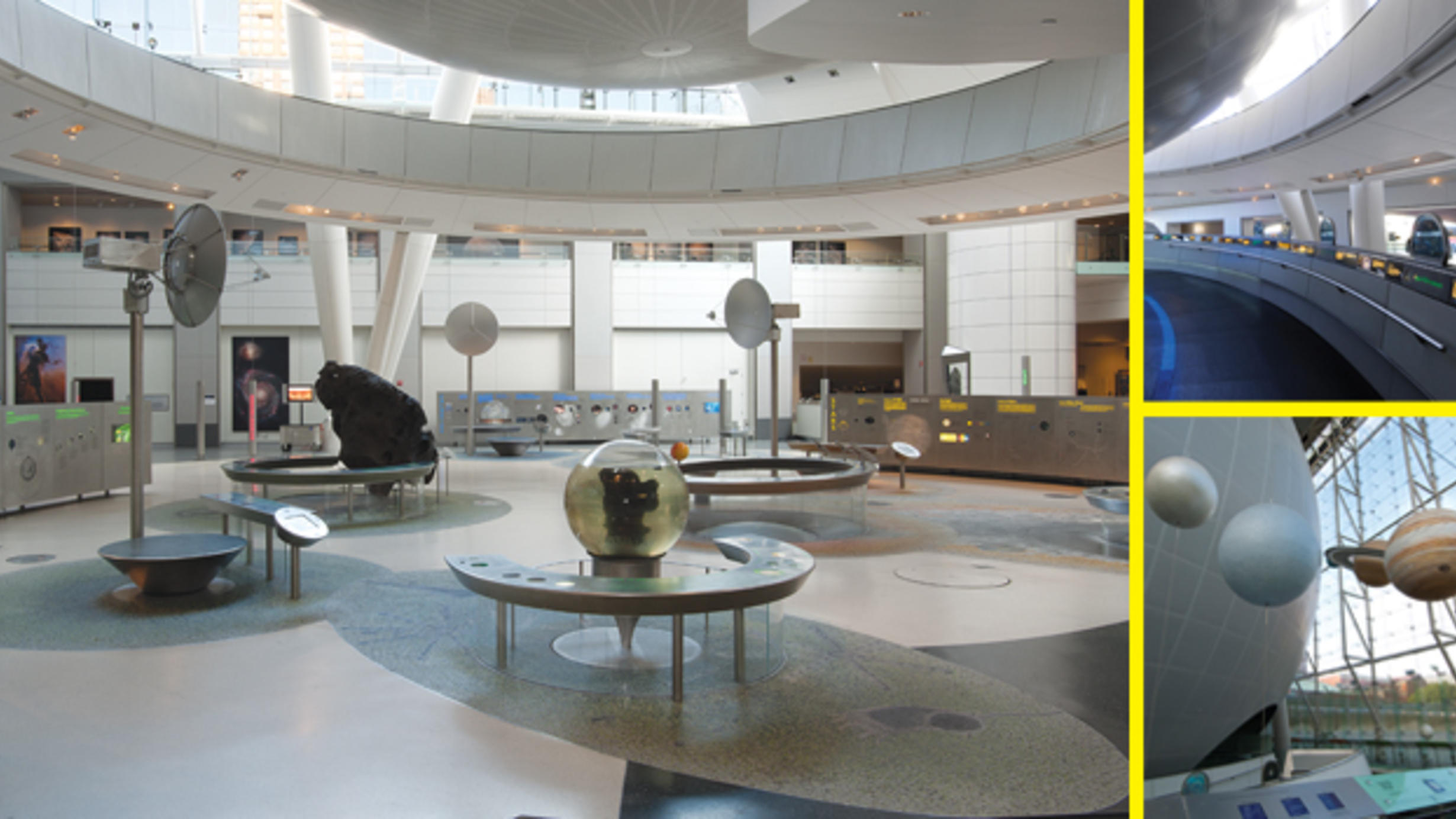
There is also an educator's Guide for the Hall of the Universe! Explore more at the link below.